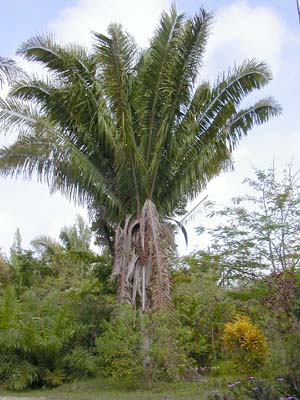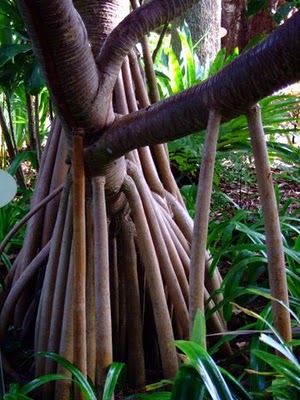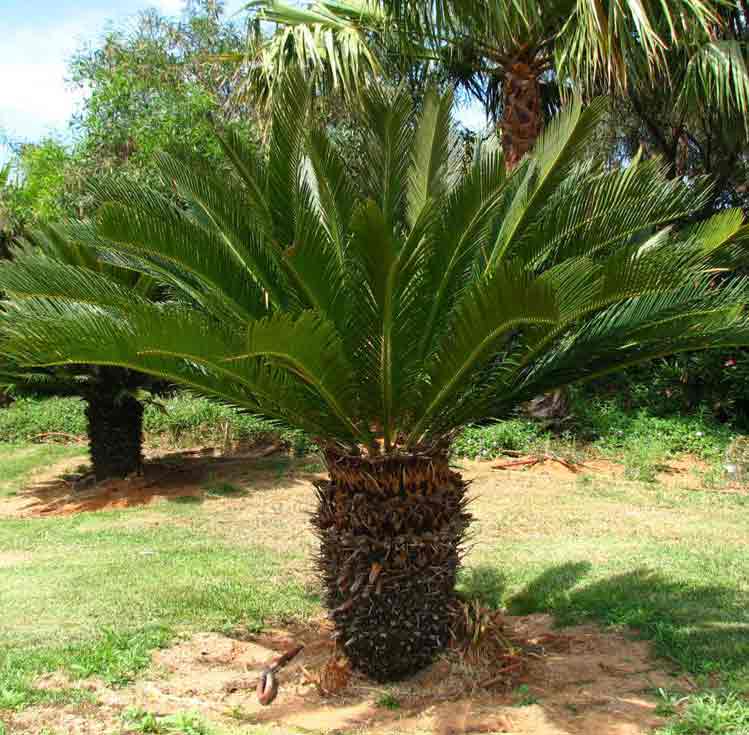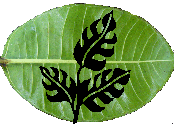 Palm tree









.jpg)

 To navigate this page you simply hold the cursor over a picture to identify the category then click on that picture to take you to more information or at least a better picture of it.

Coconut tree(cocos nucifera)An easy to grow palm in almost any conditions. The coconut, juice and oil are highly medicinal as well as tasty. A renewable resource that provides medicinal properties and much more. 
Corozo palms(Attalea cohune)Corozo palms are a subsidy from nature, with a wide range of household uses. Salts can be derived from the leaf and fresh nuts make a delicious sweet. The perfumed flowers are important ritual ornaments, while fans are made from the leaf. Most importantly, valuable phosphates are regenerated by the roots to rejuvenate the soils. Also used widely as roofing due to the long fronds although they only last between three and five years. 
Cycad Palms()They are one of the longest living plants in the natural world. In fact cycads are the oldest living seed bearing plants in the world. Dating back over 230 million years virtually unchanged for some 90 million years. Most of the cycad species in the world are so rare that they are considered endangered so collecting from the wild is illegal. 
Guano Palm(Sabel mauritiiformis)The Guano palm has large thick water-resistant fronds that will last up to 15 years when properly cured for roofing. Harvest only during full moon by the Maya to avoid steam to be susceptible to insects damage. 
Fishtail Palm(Chamaedorea ernesti-augusti)This is one of Central America’s most important non-timber forest products and is currently considered endangered in its native habitat. Although the fishtail palm was originally only harvested from wild populations, recently there has been increased interest in Central America in establishing more economically productive plantations of this species. 
Give and Take Palm(Sabal mexacanus)There is very little information available on this palm. The name is Creole and given to the tree for its medicinal properties of being an anti coagulant, antibiotic which comes from the pulp inside the thorn covered trunk. To get one, you take another. If anyone can help me out with more info, please contact me. 
Pacaya(Chamaedorea elegans)The "Parlour Palm" is often grown as a houseplant, where it grows to 2 m (6 feet) tall with very slow growth. Although it prefers moderate to high humidity, this palm will grow in low to average home humidity. It can be grown in low light, but it grows best with bright, indirect light. was particularly popular in the Victorian era. The inflorescences have a slightly bitter taste, and are considered a delicacy in El Salvador and Guatemala. They are usually eaten in salads, or covered in egg batter and fried. The latter dish is called "rellenos de pacaya", and is often served with tomato sauce, like chiles rellenos. |






